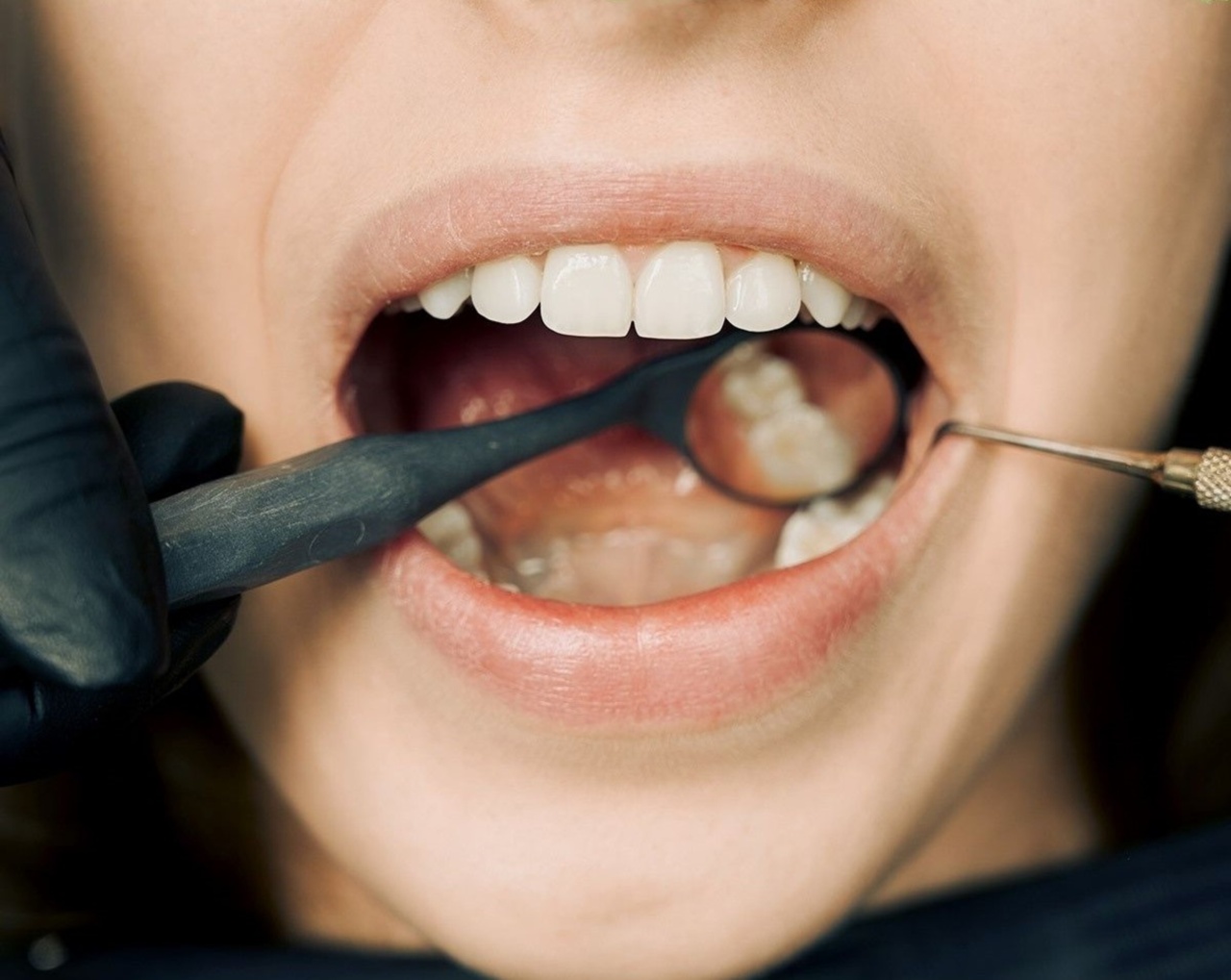Oral thrush is a common fungal infection that is caused by the overgrowth of the yeast-like fungus called Candida Albicans.
This infection can affect the mouth and throat, and it is often characterized by creamy white lesions that appear on the tongue, gums, and inside of the cheeks. While it is not usually a serious condition, it can cause discomfort and can lead to complications in people with weakened immune systems.
Causes of Oral Thrush
The overgrowth of Candida Albicans is a common cause of oral thrush. This fungus is normally present in the body, in the mouth, digestive tract, and skin.
However, when the immune system is weakened, it can lead to an overgrowth of this fungus, which can cause an infection. There are several factors that can increase the risk of developing oral thrush, including:.
- Poor dental hygiene
- Antibiotic use, which can alter the balance of bacteria in the mouth and allow the growth of Candida Albicans
- Diabetes, which can affect the body’s ability to fight infections and can lead to high sugar levels in the mouth that can contribute to the growth of Candida Albicans
- Smoking, which can lead to a dry mouth and create an environment that is favorable for the growth of this fungus
- Weakened immune system, which can be caused by HIV/AIDS, chemotherapy, and other medical conditions that suppress the immune system’s response to infections
- Use of corticosteroids, which can lower the immune system’s response to infections and increase the risk of developing an infection
Symptoms of Oral Thrush
The symptoms of oral thrush can vary from person to person, and they can range from mild to severe. Some of the most common symptoms include:.
- White, creamy lesions on the tongue, gums, inner cheeks, and roof of the mouth
- Pain and discomfort in the mouth and throat
- Redness and soreness in the affected areas
- A burning sensation in the mouth and throat
- A dry, cracked tongue
- Difficulty swallowing
- Loss of taste
- Cotton-like feeling in the mouth
- Bleeding from the lesions in severe cases
Treatment of Oral Thrush
The treatment of oral thrush typically involves antifungal medications, which can be prescribed in the form of tablets, lozenges, or liquids. These medications work by killing the Candida Albicans fungus and preventing it from multiplying.
In addition to medication, it is important to practice good oral hygiene to prevent the spread of the infection and to promote healing. This includes:.
- Brushing teeth twice a day with a fluoride toothpaste
- Flossing daily to remove plaque and food particles
- Gargling with saltwater to soothe the mouth and reduce inflammation
- Avoiding smoking and drinking alcohol
- Maintaining good blood sugar levels in people with diabetes
- Limiting sugary and starchy foods that can feed the fungus and cause it to multiply
- Seeking treatment for any underlying medical conditions that may be contributing to the condition
Preventing Oral Thrush
Prevention of oral thrush involves following good oral hygiene practices and avoiding the risk factors associated with the condition. Some of the things that can be done to prevent oral thrush include:.
- Brushing teeth twice a day with a fluoride toothpaste and flossing daily to remove plaque and food particles
- Gargling with saltwater to soothe the mouth and reduce inflammation
- Avoiding smoking and drinking alcohol
- Maintaining good blood sugar levels in people with diabetes
- Limiting sugary and starchy foods that can feed the fungus and cause it to multiply
- Avoiding the use of antibiotics unless they are absolutely necessary
- Avoiding the use of corticosteroid medication unless it is necessary
- Seeking treatment for any underlying medical conditions that may be contributing to the condition
Conclusion
Oral thrush is a common fungal infection that can cause discomfort, and in some cases, complications.
The condition is caused by the overgrowth of Candida Albicans, which can be caused by several factors, including poor dental hygiene, antibiotic use, and a weakened immune system. The symptoms of oral thrush can range from mild to severe and include white, creamy lesions on the tongue, gums, and cheeks, pain and discomfort, and difficulty swallowing.
Treatment typically involves antifungal medication and good oral hygiene practices. Prevention of oral thrush involves following good oral hygiene practices, avoiding risk factors, and seeking treatment for any underlying medical conditions that may contribute to the condition.





























